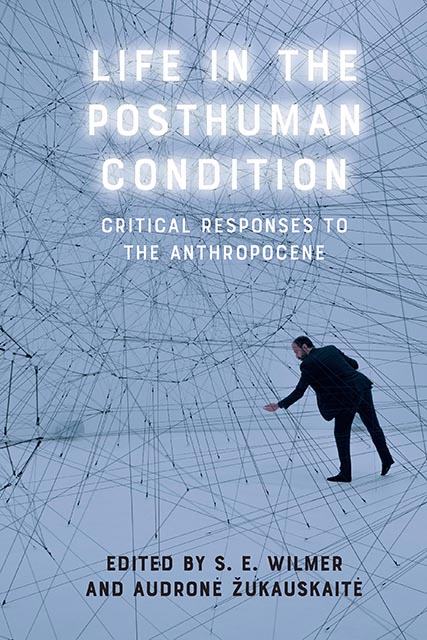14 - Epigenetic Mimesis: Natural Brains and Synaptic Chips
Published online by Cambridge University Press: 20 October 2023
Summary
The purpose of this chapter is twofold. First, it raises a specific issue: how are we to understand the verbs ‘imitate’ or ‘simulate’ when we are told that the most recent developments and achievements in cybernetics and artificial intelligence allow technology to ‘imitate’ or ‘simulate’ the biological brain, and more precisely its epigenetic capacities? On the other hand, it will situate this issue in a more general context, namely that of my own philosophical trajectory, or at least the part of this trajectory that started with my first book on the brain, What Should We Do With Our Brain? (2004), and recently continued on with Morphing Intelligence: From IQ Measurement to Artificial Brains (2019). Recounting the main steps of this trajectory does not respond to a narcissistic trend but is used to outline the continuous attempt at trying to find an accurate concept of ‘imitation’ when it comes to the relationship between the natural and the artificial. To characterise such a relationship, the old, platonic notion of ‘mimesis’ is no longer relevant, as it limits imitation or simulation to the simple act of copying. AI does not ‘copy’ the brain – which does however not mean that the brain is inimitable. Getting out of this aporia, if such a thing is possible, took and is still taking me a lot of effort.
Let me first expand on epigenetics and what current neurobiologists call the epigenetic turn in the history of neurology. Then, I will present some recent technological achievements that sustain the idea of an epigenetic turn in the history of cybernetics and AI. Thirdly, and finally, I will propose a few philosophical reflections on the concept of imitation.
On 15 February 2001, the American scientific journal Nature published the virtually complete sequence of the three billion bases of the human genome (IHGSC 2001). The result was surprising: the human genome is made up of only 30,000 genes, in other words, just 13,000 more than drosophila (commonly known as fruit flies). Furthermore, it appears that genes only make up 5 per cent of the genome.
- Type
- Chapter
- Information
- Life in the Posthuman ConditionCritical Responses to the Anthropocene, pp. 280 - 288Publisher: Edinburgh University PressPrint publication year: 2023



